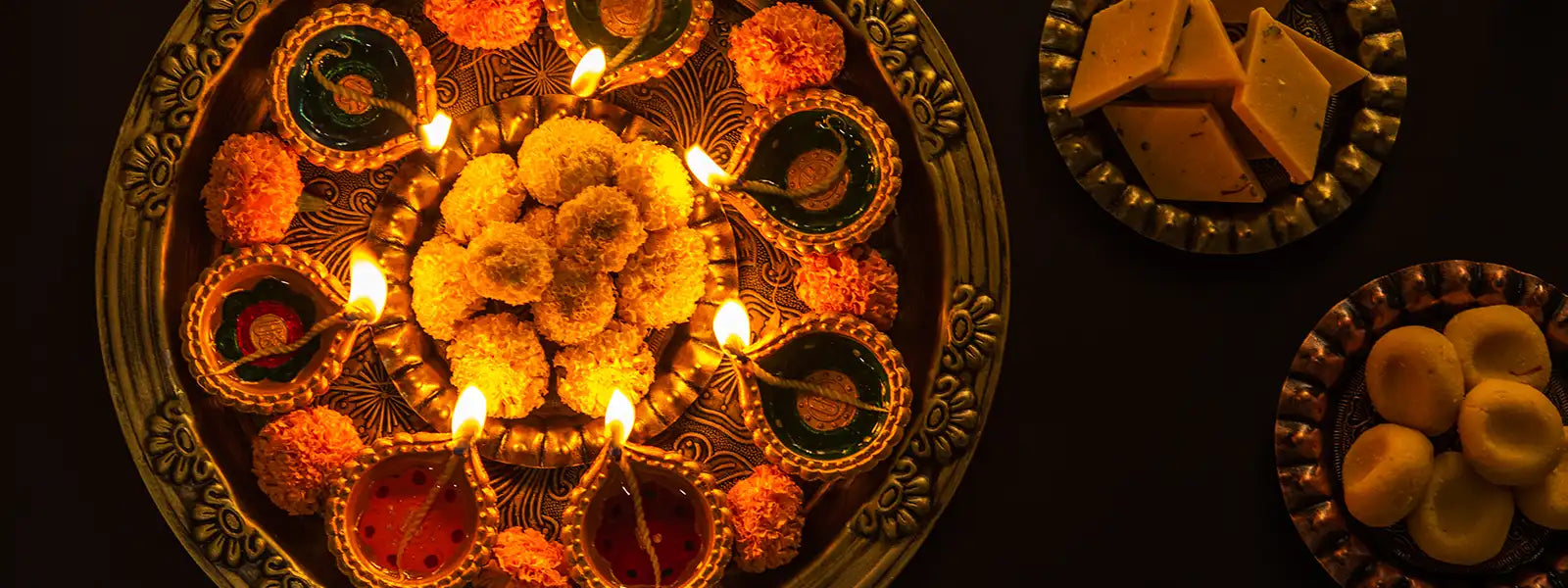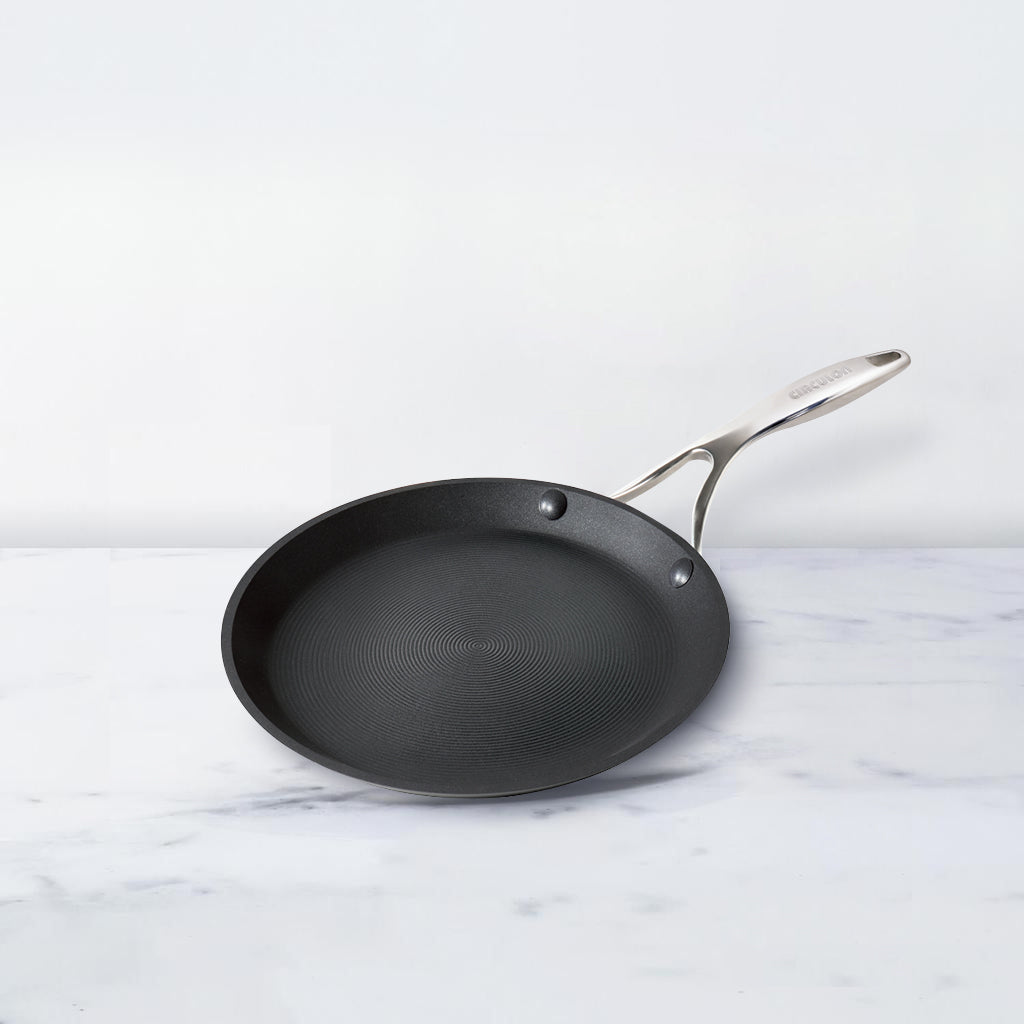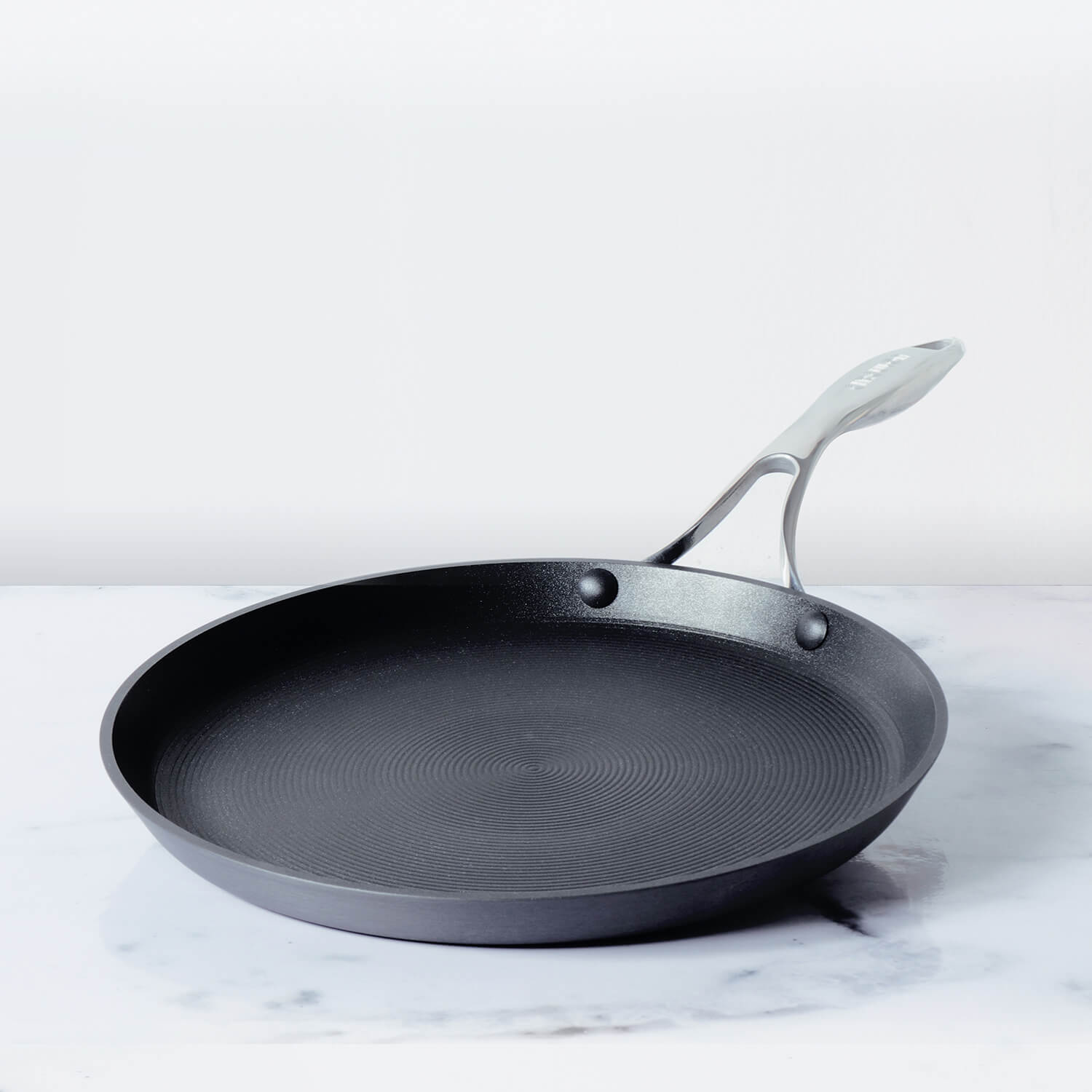Tawas are versatile cooking utensils used for a wide range of culinary purposes. The versatility of tawas makes them a staple in Indian kitchens and kitchens around the world. Whether you're making traditional dishes or experimenting with new recipes, a tawa can be a handy tool for various cooking techniques. But different people can prefer different types of tawas. The choice of tawa often depends on the dishes you frequently cook and your personal preferences.
Table of Contents
Common types of tawas:
- Flat Tawa:
- This is a basic flat and wide pan used for cooking a variety of dishes like rotis, chapatis, parathas, and more.It's a versatile tawa suitable for a range of flatbreads and pan-fried items.
- Dosa Tawa:
- Specifically designed for making dosas, this tawa has a larger diameter and a flat, smooth surface.Dosa tawas are available in various materials, including cast iron, non-stick, and stainless steel.
- Chapati Tawa:
- Similar to a flat tawa, chapati tawas are often smaller in size and are used primarily for cooking Indian breads like chapatis and phulkas.
- Appam Patra:
- This is a shallow, curved pan with multiple small cavities. It's used for making appams, a type of South Indian pancake with a soft center and crispy edges.
- Tadka Pan / Seasoning Pan:
- This small pan is used for tempering spices and preparing tadka (tempering) for curries and dals. It has a long handle and a small circular base.
- Grill Tawa:
- Grill tawas have raised ridges or grates that create grill marks on food items like kebabs, grilled vegetables, and paneer.
- Crepe Pan:
- Crepe pans are designed for making thin pancakes like crepes and blinis. They have low sides and a wide, flat cooking surface.
- Mini Tawa / Paniyaram Pan:
- This pan has multiple small, round cavities and is used for making paniyarams, a South Indian snack similar to dumplings.
- Roti Grill / Stove-Top Griddle:
- These griddles are typically large and flat and can cover a burner on a gas stove. They're used for cooking multiple rotis or tortillas simultaneously.
- Cast Iron Skillet:
- While not always labeled as a "tawa," cast iron skillets are versatile cookware that can be used similarly to tawas. They can handle a variety of cooking methods.
- Stainless Steel Tawa:
- Stainless steel tawas are popular for their quick heating and even cooking. They're often used for preparing dishes that require higher heat levels.
- Non-Stick Tawa:
- Non-stick tawas have a coated surface that reduces the need for oil or ghee during cooking. They're great for those who prefer low-oil cooking.
Different shapes of tawas:
Tawas come in various shapes to accommodate different types of cooking and dishes. Here are some tawas of different shapes and their specific uses:
- Round Flat Tawa:
- The classic round flat tawa is the most common shape and is used for cooking various flatbreads like rotis, chapatis, parathas, and even dosas.
- Rectangular Flat Tawa:
- This tawa shape offers a larger cooking surface, making it suitable for preparing larger quantities of flatbreads or other items like pancakes and crepes.
- Square Tawa:
- Square tawas are versatile and can be used for cooking a variety of dishes, from flatbreads to grilled vegetables and sandwiches.
- Circular Concave Tawa (Appam Patra):
- This shape features a circular tawa with shallow, curved cavities. It's used for making appams, a South Indian pancake with a soft center and crispy edges.
- Mini Circular Tawa (Paniyaram Pan):
- This type of tawa has multiple small, round cavities and is used for making paniyarams or other bite-sized items.
- Rectangular Grill Tawa:
- Grill tawas with raised ridges are available in various shapes, including rectangular. They're used for grilling vegetables, meats, and paneer.
- Octagonal Tawa:
- Some tawas come in unique shapes like octagons. These are often used for specialty dishes and can add an interesting visual element to your cooking.
- Tadka Pan (Circular or Oval):
- Tadka pans are typically small and come in circular or oval shapes. They're used for tempering spices and adding flavor to curries and dals.
- Triangular Tawa (for Parathas):
- Triangular tawas are specifically designed for making triangular-shaped parathas or other flatbreads.
- Wok-Style Tawa (Kadhai Tawa):
- This tawa shape resembles a wok and is used for stir-frying vegetables, meats, and other dishes that require more depth.
- Multi-Purpose Tawa (Combination Shapes):
- Some tawas feature combination shapes, such as circular with small squares or circles within. These versatile tawas can be used for multiple purposes.
Different Materials Of Tawas:
Tawas come in various materials, each with its own set of properties and advantages. Here are some common materials used to make tawas:
- Cast Iron Tawa:
- Cast iron tawas offer excellent heat retention and distribution, making them great for dishes that require even cooking, such as dosas and rotis. They develop a natural non-stick surface through seasoning and can enhance the flavors of foods. Durable but require proper care to prevent rust.
- Stainless Steel Tawa:
- Stainless steel tawas heat up quickly and evenly, making them suitable for high-heat cooking like making parathas. They are easy to clean, resistant to staining, and require less maintenance than cast iron tawas. However, they might require more oil or ghee during cooking to prevent sticking.
- Non-Stick Coated Tawa:
- Non-stick tawas have a coating that reduces the need for excessive oil or ghee during cooking, making them suitable for low-fat cooking. They are easy to clean and ideal for dishes like dosas, omelets, and pancakes. The non-stick coating can wear off over time, so care must be taken to avoid scratching.
- Aluminum Tawa:
- Aluminum tawas are lightweight, heat up quickly, and are often budget-friendly. They are suitable for various cooking methods, from making rotis to sautéing vegetables. However, aluminum may react with certain acidic foods.
- Copper Bottom Tawa:
- Tawas with a copper bottom layer offer quick and even heating due to copper's excellent heat conductivity. The copper layer is often bonded with stainless steel to provide a durable and easy-to-maintain cooking surface.
- Granite Coated Tawa:
- Tawas with a granite or stone-like coating offer non-stick properties without the use of synthetic coatings. They provide even cooking and are relatively easy to clean.
- Carbon Steel Tawa:
- Carbon steel tawas combine the benefits of cast iron and stainless steel. They heat up quickly, distribute heat evenly, and can develop a natural non-stick surface. They require seasoning and care similar to cast iron.
- Hard-Anodized Tawa:
- Hard-anodized tawas have undergone a special treatment that makes them non-stick and resistant to scratches and stains. They offer durability and are suitable for various cooking methods.











Leave a comment